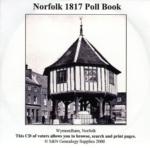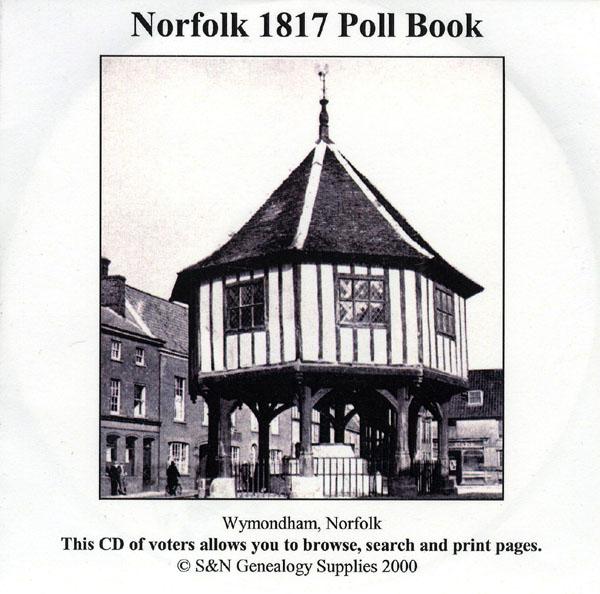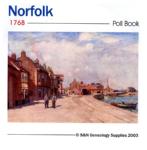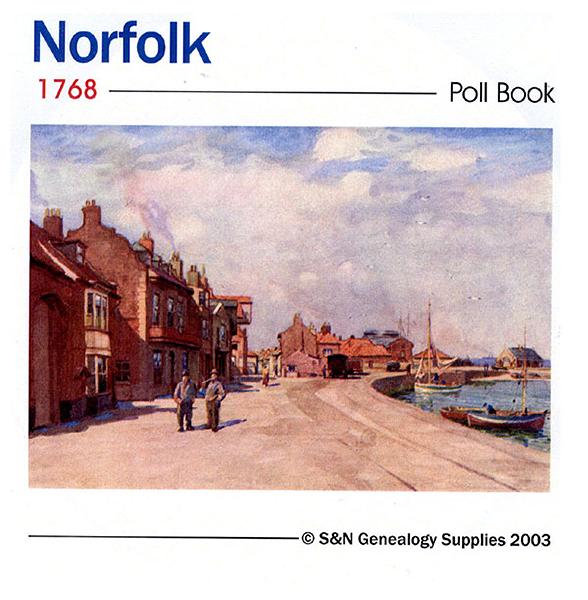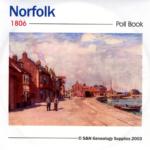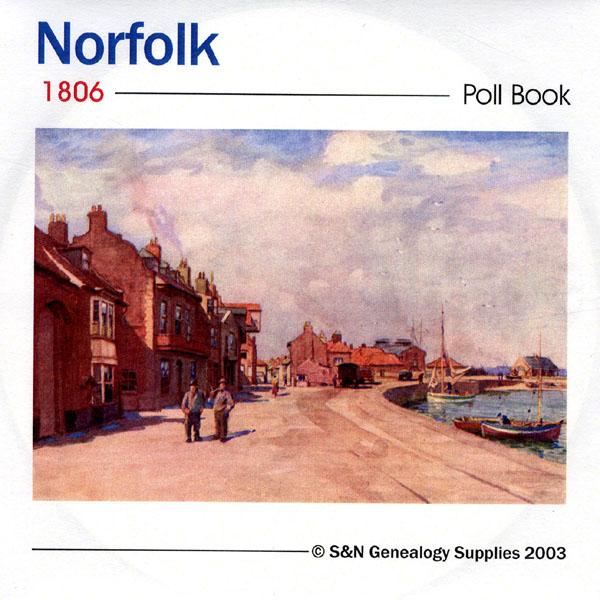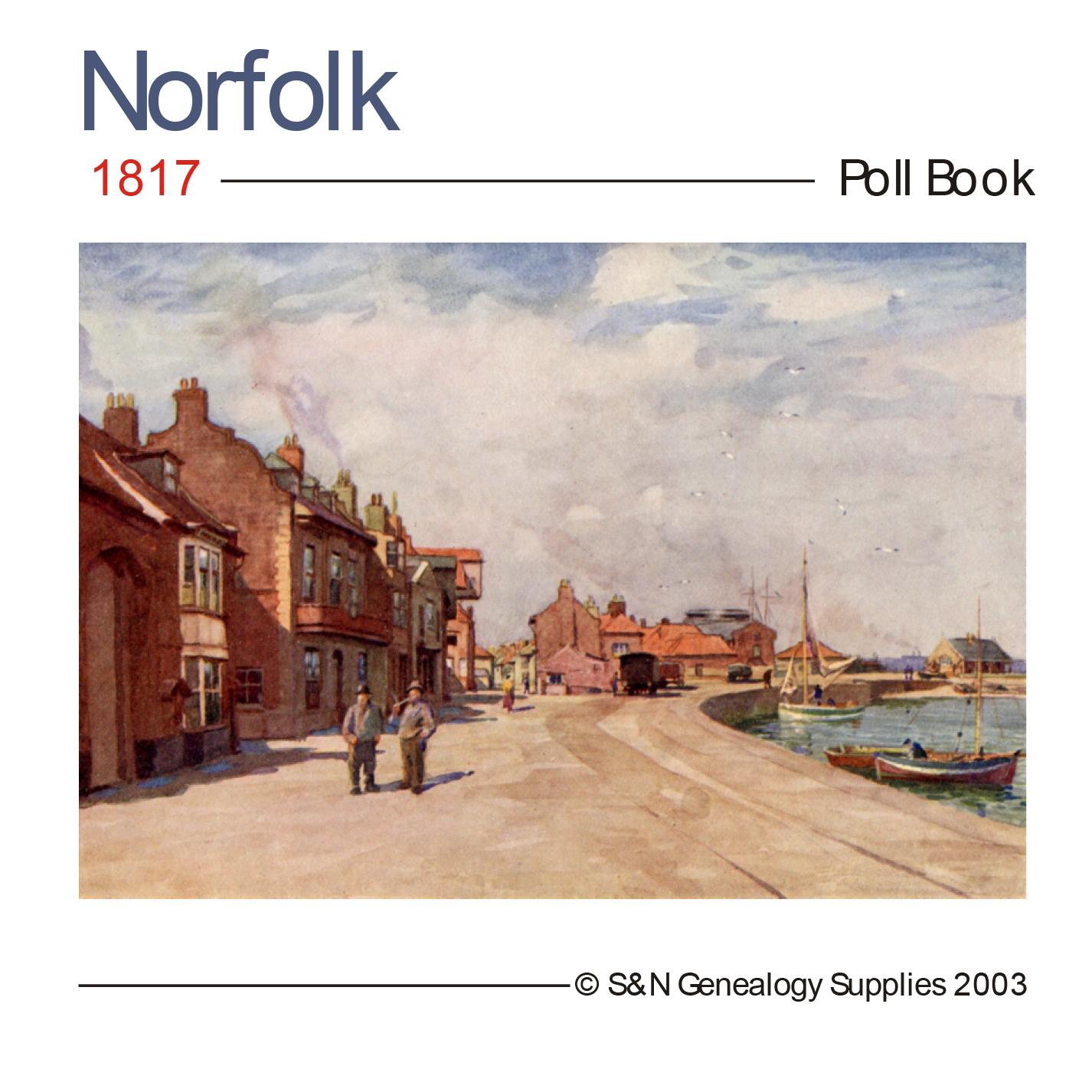Search Results for: “poll book”
Norfolk 1817 Poll Book
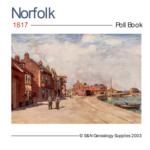
Stepping Stones CD publication. Contents of the Norfolk Poll Book Lists of Names of land freeholders Places of freehold Occupiers Names of the land if not themselves Adobe Reader 5... More Info
Product Code: SS4890
Can't find what you're looking for? Try using our filter system to narrow down your search.
Available through our sister site GenFair
Letters Home to Yeovil

(Jack Sweet) During the First World War, Yeovil men and women served on the Western Front, in Belgium and France, and many other places. Letters to and from home were welcomed by all recipients and during the four years of the war, the Western Gazette published a weekly column Yeovil and the War which included letters, either in full or extract, sent home to friends and relations by local men ser...More Info
Time, Gentlemen Please
by Sue Burnay - over 300 years of pubs and brewing in East and West Ilsley. A history of the 15 pubs and 2 breweries in these small downland villages, and the people who ran them. The book includes maps, photos, family trees & a name index
Funeral Register Of the First Presbyterian Church Of Belfast 1712-1736

The First and Second Presbyterian Congregations of Belfast, in Rosemary Street, owned a collection of palls, cloaks and hats which were hired out for funerals. They were used by most of the better-off inhabitants of Belfast, regardless of religion, and many of the gentry, clergy and substantial farmers in the surrounding countryside. This register, which covers the years 1712 to 1736, is a record ...More Info
Researching Armagh Ancestors - A Practical Guide for the Family and Local Historian

Armagh the smallest county in Northern Ireland, has a rich, colourful and even tempestuous history. War, famine and emigration over the last four centuries have all contributed to forming the distinctive character of its people. The constant struggle bewtween Planter and Gael that has characterised the county since the Plantation in the early 17th century may be seen in, form example the almost eq...More Info
Elm Park 1626-1954: Country House to Preparatory School

Elm Park near Killylea, County Armagh, occupies an important place in twentieth-century educational history in Northern Ireland. In 1920 Seth Smith and Willoughby Weaving acquired the house and grounds known as Elm Park and established a preparatory school for boys aged between seven and fourteen. During the Second World War over 60 boys attended the school, but a decline in numbers after 1945 ...More Info
